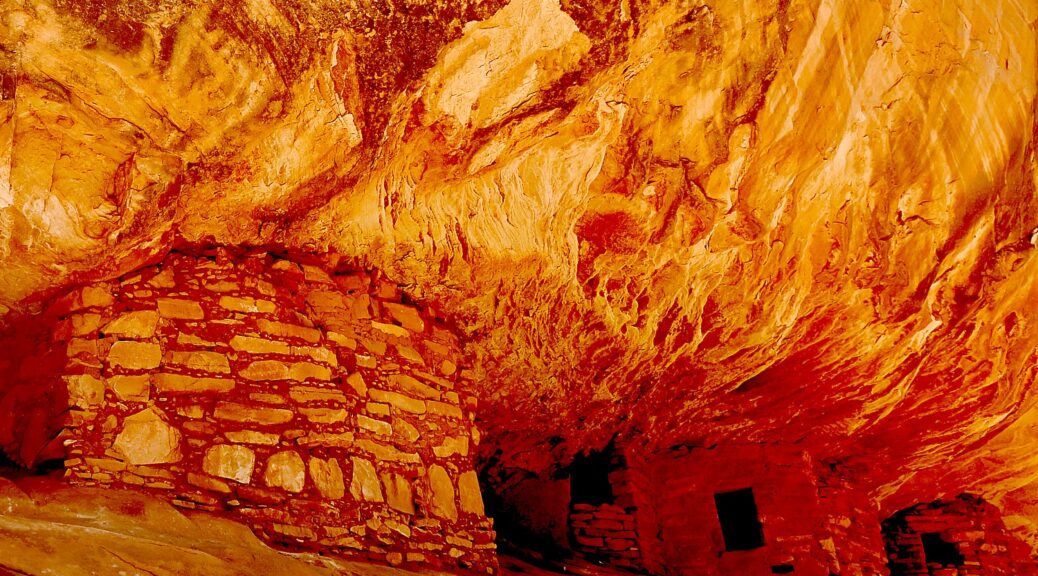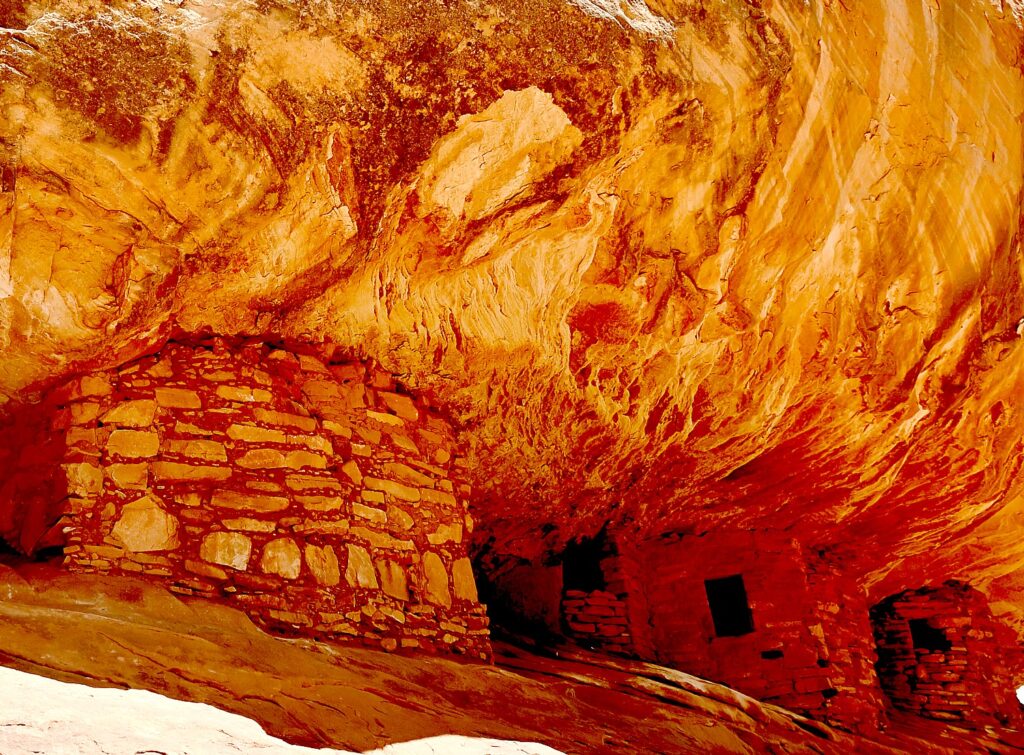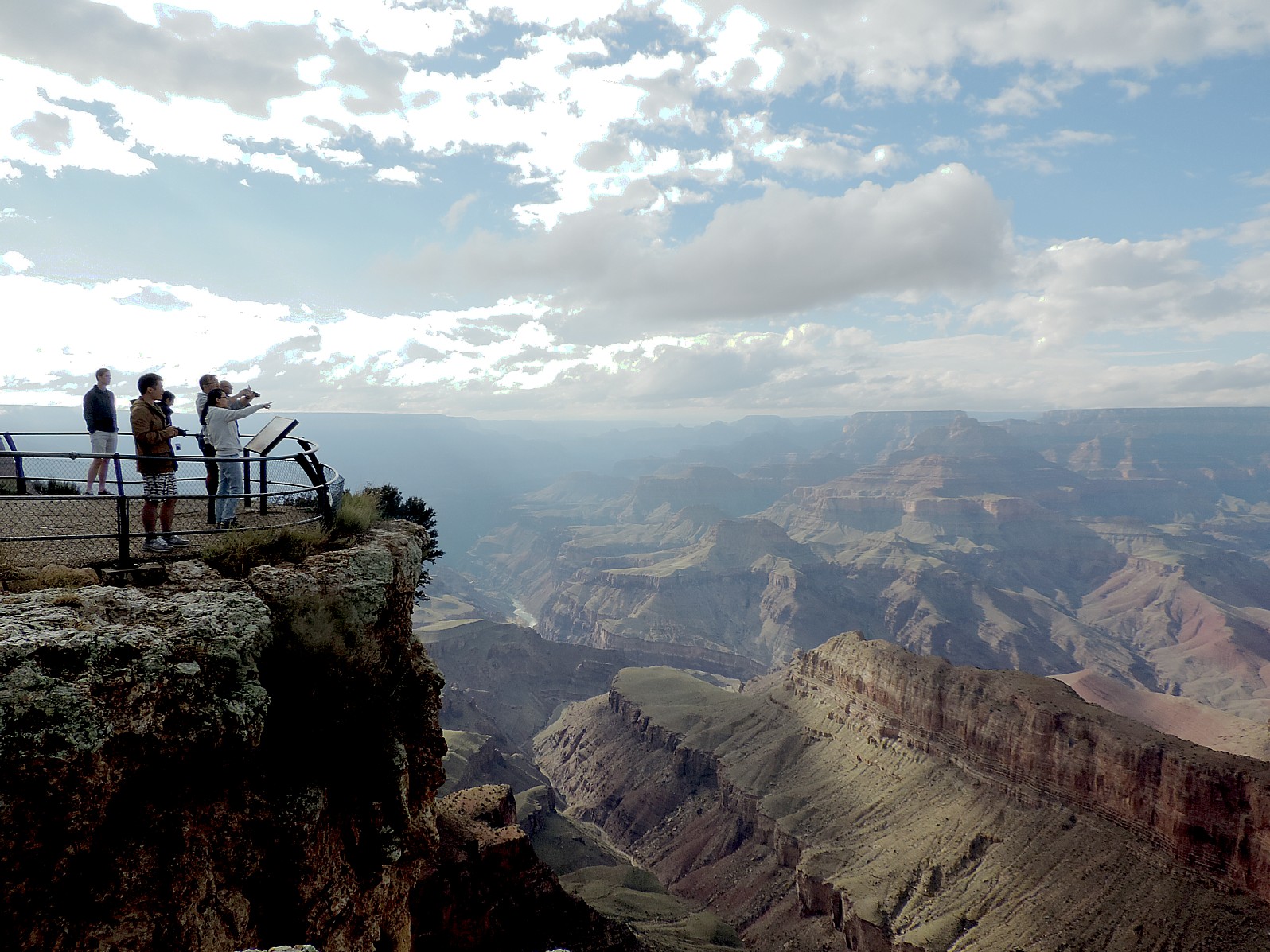
Action Uplifts Women’s History by Honoring the First Woman Cabinet Secretary, Longest-Serving Secretary of Labor and a Key Architect of the New Deal
President Biden is signing a proclamation establishing the Frances Perkins National Monument in Newcastle, Maine, to honor the historic contributions of America’s first woman Cabinet Secretary and the longest-serving Secretary of Labor. This fact sheet is provided by the White House:
Frances Perkins was the leading architect behind the New Deal and led many labor and economic reforms that continue to benefit Americans today. During her 12 years as Secretary of Labor under President Franklin D. Roosevelt, she envisioned and helped create Social Security; helped millions of Americans get back to work during the Great Depression; fought for the right of workers to organize and bargain collectively; and established the minimum wage, overtime pay, prohibitions on child labor, and unemployment insurance.
During a visit to the Department of Labor’s Frances Perkins Building, President Biden will showcase Frances Perkins’s foundational legacy, which civil rights and women’s rights leaders have built upon to further expand opportunities for all Americans. The President will also highlight how his Administration has continued to stand with labor and strengthen America’s workforce. President Biden is proud to be the most pro-union and pro-worker president in history, including creating the Made in America office; requiring Project Labor Agreements on nearly all major federal construction projects of over $35 million; signing the Butch Lewis Act to save more than one million pensions; and becoming the first president in history to walk a picket line.
The designation of this new national monument advances President Biden’s March 2024 Executive Order to strengthen the recognition of women’s history. In addition to establishing the Frances Perkins National Monument, today Secretary of the Interior Deb Haaland will announce five new National Historic Landmarks that will increase the representation of women’s history in historic sites across America and additional new actions to advance President Biden’s Executive Order.
Frances Perkins National Monument
At a time when few women were in leadership positions and just 13 years after the 19th Amendment granted women the right to vote, President Roosevelt asked Frances Perkins to become his Secretary of Labor. Perkins told President Roosevelt that if she accepted the position, she intended to execute an ambitious plan to protect American workers. Over her 12 years as Secretary of Labor, Perkins accomplished nearly everything on her list and laid the groundwork for the labor policy and social safety net that we continue to build on today.
The new national monument boundary encompasses the 57 acres of the Frances Perkins Homestead National Historic Landmark site in Newcastle, Maine. The Perkins Homestead played a pivotal role in Frances Perkins’ life and was the place Perkins felt most at home. She spent her childhood summers there, and returned frequently for respite throughout her ground-breaking professional career.
Owned by her family for over 270 years, the Homestead remains much as it looked during Perkins’ lifetime. The 2.3-acre core area of the Homestead has been donated to the National Park Service and is reserved as part of the new monument, including the Perkins’ family home known as the brick house, a barn and outbuilding, gardens, and part of the stone wall surrounding the property. The remaining Homestead landscape extends from the core area to the Damariscotta River to the east, and contains other buildings, structures, gardens, and the paths used by Perkins and her family throughout her life. These lands are currently owned by the Frances Perkins Center which has been managing and preserving them, and they will be reserved and protected as part of the national monument if they are ever donated to the Federal Government in the future.
Advancing Women’s History and Telling a More Complete American Story
The establishment of the Frances Perkins National Monument furthers the Administration’s commitment to recognizing women’s contributions to our country. The Biden-Harris Administration has invested more than $40 million to restore and support sites that recognize and elevate the stories of women who have shaped American history. Today, the Department of the Interior (DOI) is announcing additional new actions that advance the President’s Executive Order on Honoring and Recognizing Women’s History, including:
- Secretary Haaland is announcing five new National Historic Landmarks, DOI’s highest recognition of a property’s historical, architectural, or archeological significance. These include:
- The Charleston Cigar Factory in Charleston, South Carolina. This new landmark, historically known as the American Cigar Company Building, will recognize the site where cigar factory workers – led by Black women – went on strike for better pay and working conditions, and against gender and racial discrimination on the job.
- The Furies Collective House in Washington, D.C. This new landmark recognizes the former home of a group of young activists who created a social and political community credited with recognizing the existence and needs of lesbians in the women’s movement in the early 1970s, and who published a newspaper focused on questions of women’s identity, relationships, and roles in society.
- The Lucy Diggs Slowe and Mary Burrill House in Washington, D.C. This new landmark includes the residence of Lucy Diggs Slowe, the first dean of women at Howard University, and her partner Mary Burrill. An advocate for educational parity between men and women students, Slowe helped modernize student affairs at Howard and other historically Black colleges and universities (HBCUs).
- Azurest South in Petersburg, Virginia. This new landmark is designed in the International Style, an architectural style developed in the United States and Europe in the 1920s and 1930s that dominated mid-20th century architecture, by Amaza Lee Meredith, a pioneering Black woman architect.
- The Peter Hurd and Henriette Wyeth House and Studios in San Patricio, New Mexico. This new landmark recognizes the home and workspace of 20th century Realist painter Henriette Wyeth.
- The Charleston Cigar Factory in Charleston, South Carolina. This new landmark, historically known as the American Cigar Company Building, will recognize the site where cigar factory workers – led by Black women – went on strike for better pay and working conditions, and against gender and racial discrimination on the job.
- The National Park Service is announcing a $500,000 grant from the Historic Preservation Fund to support the renovation of the Seneca Falls Knitting Mill, a part of the Seneca Falls Village Historic District. The Fund’s support will enable the National Women’s Hall of Fame to expand its programming on women’s history and restore the mill, which was one of the few places in Seneca Falls, New York to employ women during its 150 years of operation.
- As directed by President Biden, DOI is releasing a new report on representation of women across sites of national importance, including National Historic Landmarks, national monuments, and national park sites. The report assesses which existing federal sites are significant to women’s history and offers opportunities to improve the recognition of women’s contributions to our country across the National Park Service, including through the National Historic Landmark program.
Antiquities Act Designations
President Theodore Roosevelt first used the Antiquities Act in 1906 to designate Devils Tower National Monument in Wyoming. Since then, 18 presidents of both parties have used this authority to protect natural and historic features in America, including the Grand Canyon, the Statue of Liberty, the Birmingham Civil Rights National Monument, the Pullman National Monument, and the César E. Chávez National Monument.
The Frances Perkins National Monument will be President Biden’s 13th use of the Antiquities Act and his fourth new national monument commemorating a site that helps tell a more complete American story. Other designations under President Biden include the creation of the Emmett Till and Mamie Till-Mobley National Monument, the Springfield 1908 Race Riot National Monument, and the Carlisle Federal Indian Boarding School National Monument




